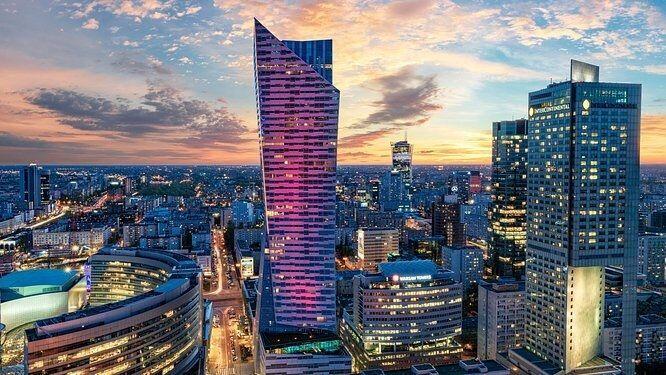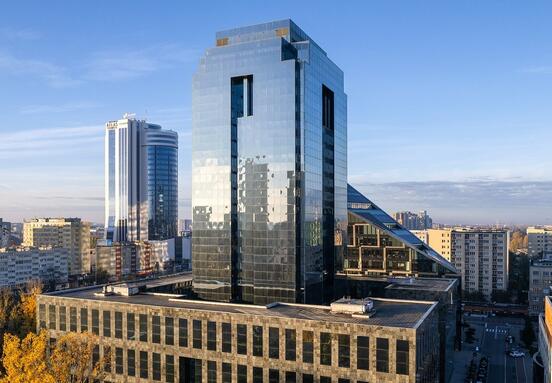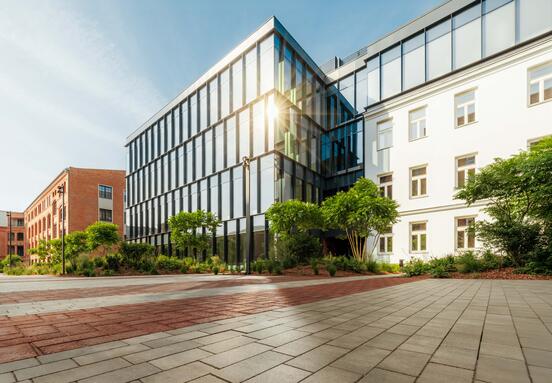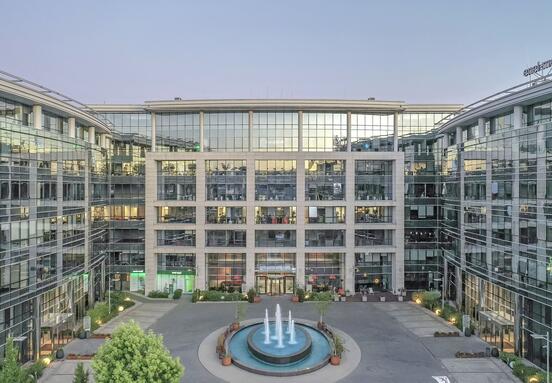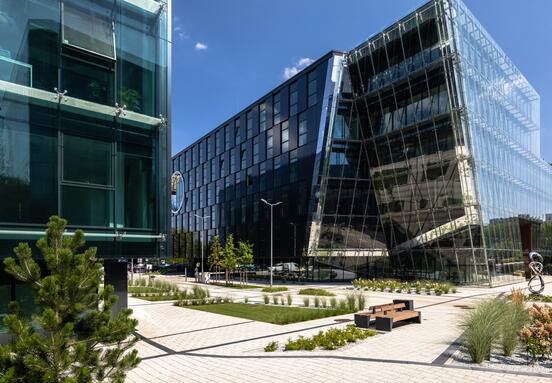At the end of 2021, Warsaw had over 6.15 million sq m. of office space, of which more than half was located in buildings that are 10 years old or more. During the 12 analyzed months, the capital's office resources increased by nearly 325 thousand. sq m, which means a three percent increase year on year. Only in the last quarter, the market grew by 31.5 thousand. sq m offices, which was mainly due to two projects: the Central Point office building (almost 18,000 sq m) built by Immobel at the intersection of Marszałkowska and Świętokrzyska streets, as well as the commissioning of the first phase of the Fabryka PZO complex (12,100 sq m) , whose only tenant is ZTM. The openings mean that 57 percent. new supply delivered to the market between October and December fell in the COB zone, and 38 percent. to the East zone.
At the end of the year, works on investments were underway at construction sites in Warsaw, which in total will enrich the market by over 347,000 sq m. sq m surface. The most was in the COB zone (30% of space under construction), as well as in the Center-West (24%) and Center-East (19%) zones. The developer of the two largest facilities is HB Reavis, which plans to open the Forest office building (51.7 thousand sq m) in the second quarter of this year, and another part of the Varso Tower complex (66.3 thousand sq m) in the fourth quarter. At pl. The Bridge office tower, developed by Ghelamco, is being built in the European district.
The authors of the report point out that freezing office projects and postponing them, as well as revising developers' plans and transforming some investments into multi-purpose facilities, will significantly reduce the supply of new office space in the coming years. The expected effect will be a change in the demand-supply relationship, and then a change in the business relationship between the landlord and tenant.
The supply low, expected for the years 2023-2025, will not only leave its mark on the level and structure of demand, but will also contribute to an increase in rental rates. However, despite the fact that the market is not easy today, some development companies not only do not suspend their projects, but also plan their investments so that they can fill the supply gap as well as possible and in some way respond to the decisions that are being postponed by companies. In the perspective of catching up, in the coming quarters, we can expect processes and negotiations that are protracted or unfreezed overlapping with those starting - comments Mikołaj Laskowski, head of office agency, BNP Paribas Real Estate Poland.
The increase in rental rates and operating costs will also be influenced by galloping inflation covering all cost categories, more expensive utilities, higher tax burdens, as well as an increase in the costs of building materials.
As expected, at the end of 2021, the vacancy rate increased again, reaching 12.7%. This means that almost 780,000 sq m office space is waiting for its tenants. The vast majority of it is located in the Center, although a significant factor here was the commissioning of the Central Point office building, the level of lease at the time of delivery reached nearly 20%.
The vacancy rate was largely influenced by the decisions made by tenants, who more often chose the option of extending the existing contract with the simultaneous optimization of space, than the option of changing the office address to a new one. We predict that in 2022 the litmus test of the office market will be how it reacts to the return of employees to their desks and further decisions on working in a remote or hybrid model - explains Małgorzata Fibakiewicz, head of business intelligence hub at BNP Paribas Real Estate Poland.
In the last quarter, lease agreements for nearly 250,000 sq m were signed. sq m, and in the whole of 2021 - 646.5 thousand. sq m, which means an increase of 7 percent. compared to last year. Office buildings in the central zones of Warsaw turned out to be the most popular. As much as 60 percent the contracts concluded concerned this zone of the city.
The report shows that the average share of lease renewals in the total number of contracts increased from 36%. in 2020 to the level of almost 45 percent. in the past 12 months. Among the three most significant transactions in 2021, two were for contract extensions and one was a pre-let.
